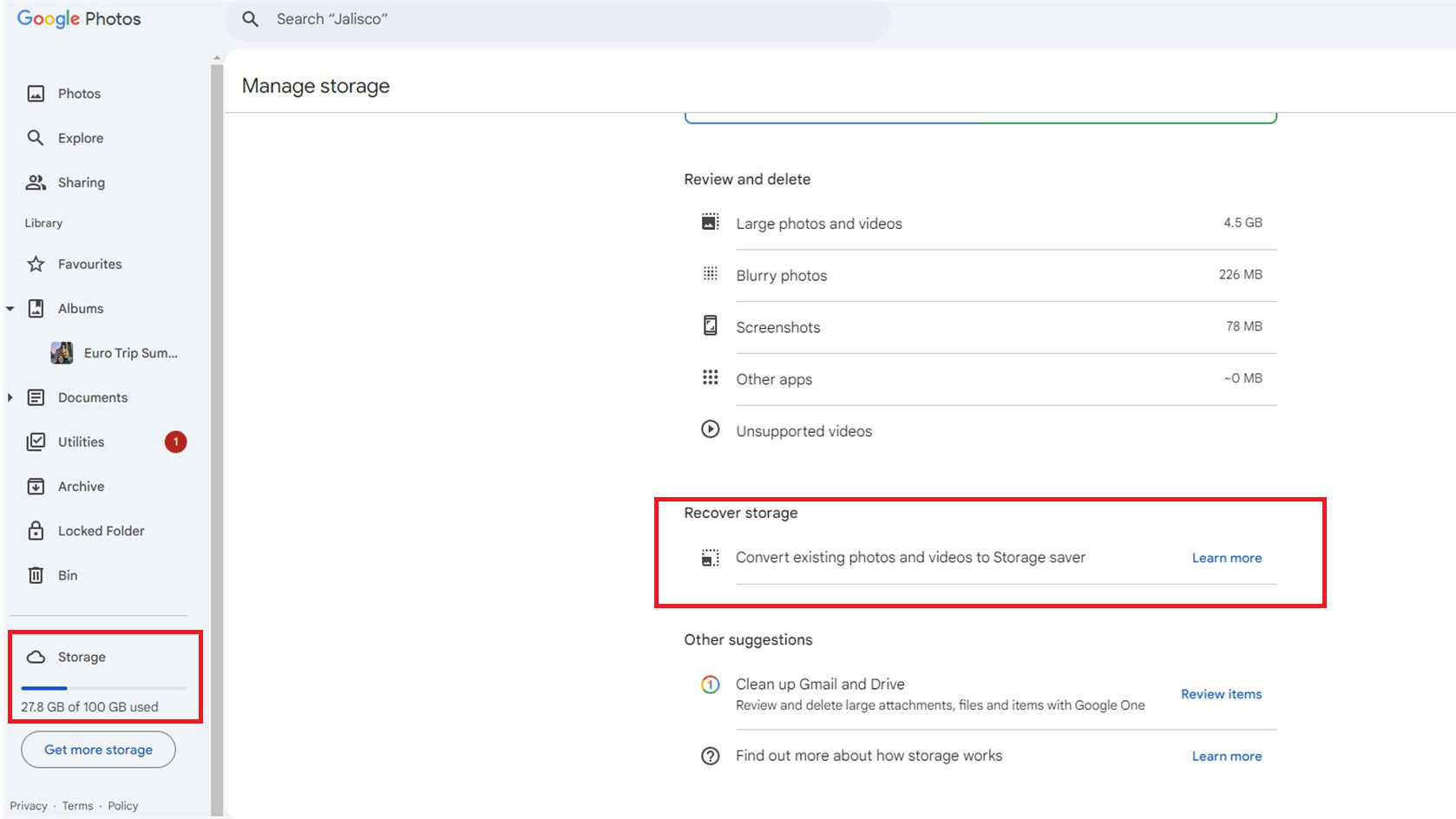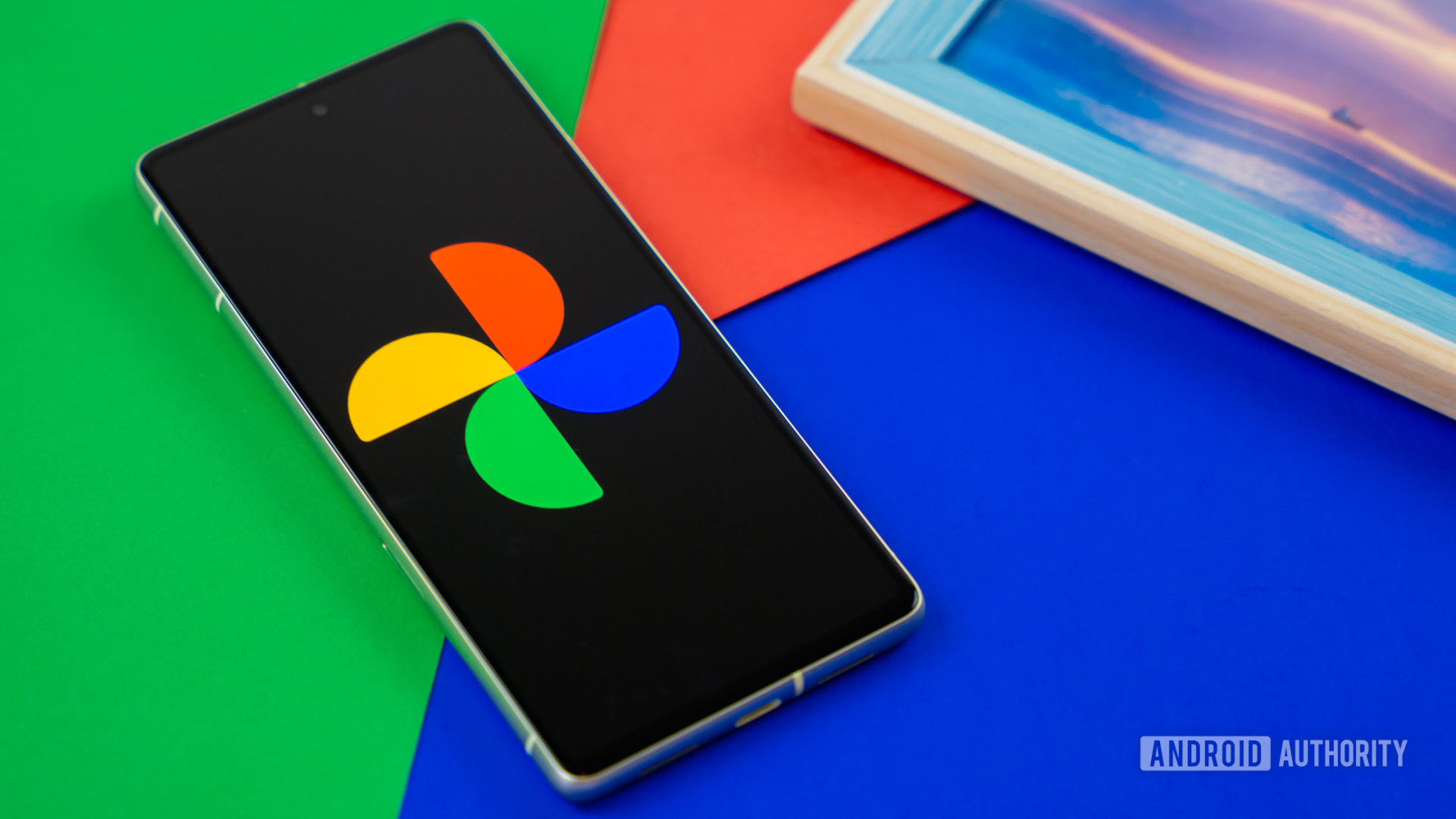Edgar Cervantes / Android Authority
I shared a list of my favorite Google Photos features last month, but that barely scratched the surface of what you can do with this app. It’s so much more than just a library for your snaps. If the last list all seemed a bit basic to you, I’ve compiled a rundown of some niche but handy tips for power users.
How many of these tricks did you already know about?
Google Photos features for power-users
1. Capture a video frame
Sometimes, there can be a part of your video that you’d like to immortalize in an image. You might want to share it with a friend, but you don’t want to send a large video file and tell them to skip to 36 seconds in, and a screengrab of a video is often substandard. Fortunately, flagship phone cameras shoot in high enough definition that a frame of the video makes a reasonable photo, and there’s a way to find and export any particular frame on Google Photos.
Go to the video in your library and tap the screen while watching it to bring up the slider and options. Tap on Edit, which will be at the bottom of the screen in the middle. You’ll then have a new slider with thumbnails that makes it easy to find the exact moment in the video you want to save. Once you have it, hit the Export frame button. That frame of the video will become a new image in your Google Photos library.
2. Make a shortcut to your screenshots
We’re all busy people, so you might want to get from your device’s home screen to your Google Photos screenshots in fewer than three taps. There’s a really easy way to do it in two or even to create a home screen shortcut to manage it in just one tap.
On your home screen, tap and hold the Google Photos icon. You’ll be presented with a few options, one of which is View screenshots. Hitting this takes you straight there, but you can also tap and hold this option and then drag it onto another part of your home screen, creating the handy shortcut.
3. Lock away your sensitive media
Some photos and videos are more sensitive than others, and you might not be the only person who sees your device. That’s where the Locked Folder comes in. Items placed in the Locked Folder are not accessible in the main Google Photos library, shared albums, or any other apps. Instead, they’re in a separate part of Google Photos and secured with password access.
You can set up the Locked Folder the first time you try to move something there, and it’s easily done. From your library, tap and hold the photo or video you want to move. You can also use this method to select more than one item to move. On the menu that appears below the photo, swipe left to the last option, which is Move to Locked Folder. Follow the prompts to set up the locked folder, including confirming your lock screen password, such as code or fingerprint, and deciding if you want the items in the locked folder to be backed up. It’s that simple.
To access files in your Locked Folder, go to the Collections tab at the bottom of the app, then scroll down to where you see Locked Folder. Tap it, and you’ll be prompted to enter your screen lock. There isn’t a screenshot of the locked folder above, as they’re prohibited for the security of your locked files.
4. Delete from your device
Once your snaps are safely uploaded to Google Drive, you may feel that you no longer need them cluttering up your phone’s storage. You can easily delete phones from your device to remedy this.
When viewing an image, swipe up on the screen. Among the options you’ll see is Delete from device. You’ll only see this choice if the image is backed up to the cloud. Tap it, and then tap again at the bottom to confirm.
5. Archive images
You might have some photos and videos that you don’t want to delete, but you also don’t want to see them all the time. The app has an Archive folder for this. Moving photos to this folder leaves them on the device and in any albums, but you won’t see them in your main library, and they won’t feature in highlight videos or animations.
The Archive folder and the Locked folder mentioned above share many similarities, but the former doesn’t require a password.
To archive an image swipe up when viewing it. Choose Move to archive, and you’re done. You can find the Archive Folder by going to Collections and scrolling down to Archive.
6. Find recently added photos
Your Google Photos Library displays images in the order that they were taken, but that isn’t always the handiest arrangement. Should you add images that you didn’t take on your phone, such as DSLR snaps, you may want to view all of those photos together instead of them weaving into the timeline. The app lets you do this easily.
Just hit the Search icon in the bottom right, then type ‘Recently added’ into the search bar. It will display images in the order they were added to the library.
7. Change the metadata
Assuming you gave it permission, your phone will add the date, time, and location to the metadata of photos you take with the device. This is handy for all sorts of reasons, but you may need to add or change this information from time to time. For example, if you uploaded photos from an old camera to your library, their metadata might not be included or accurate. Here’s what you can do.
Tap and hold an image in the library. When you see the menu below, scroll right, and you’ll see two options next to each other: Edit date and time and Edit location. Choose which of these you want to change, and amend the data accordingly.
Regarding the location option, you can only change it for a photo if the current location is either missing or estimated. If you took the photo on your device and the location was known, it can’t be edited thereafter.
You can even make these edits on multiple images at once. You just select more than one after tapping and holding the first one, then find the same options. A nice quirk here is that if you try to change the date and time of several photos, it will ask you where you want to shift them or just give them all the same date and time. The first choice would let you amend an incorrect record of when the photos were taken whilst keeping the accurate time difference between them.
8. Auto-crop your docs
Google Photos has great features for recognizing documents, so it can quickly and easily pick one out of an image and isolate it via auto-crop. This can be very handy for keeping a record or for preparing a picture of the document for printing or sending.
To do it, select Edit from the options underneath the image, then hit Crop. Tap on skew-crop, which is the icon to the left of Reset that looks like four corners of a square. Choose Auto, and the document will be cropped, with the app isolating the edges and rotating it if needed.
You can then hit Save and decide whether to save the image like that or create a copy. If you do the former, you can always revert the changes later.
9. Stabilize your videos
Having a camera in your pocket is great, but shooting video as an amateur can lead to shaky footage. Google Photos can help smooth out these videos to a degree via the Stabilize video features. Digital image stabilization adjusts each frame to counteract the detected shakiness and align objects in successive frames, giving an overall smoother appearance.
To use it, simply hit the Edit button below a video you’re viewing on Google Photos, then choose the Stabilize video icon below the video timeline. It looks like a hollow square with a skewed solid square inside. The app will take a few seconds to do the processing. You’ll see the end result and can retain it by selecting Save copy.
10. Declutter your storage

You might already know that on the Google Photos app, you can hit your Profile image in the top right, then tap Account storage to see how much of your storage is in use. You can also use this section to find files that you might want to delete to save space, such as large photos and videos or blurry photos.
What you might not be aware of is that you can go one step further in your space efficiency on the web version of Google Photos. If you go to it and hit Storage on the left menu, you’ll see a similar storage management screen as on the app, but with an extra Recover storage option. This lets you convert full-resolution media into a storage saver size. Doing so will still leave a good copy of the images and videos but will free up plenty of space.
I hope you’ll find some of these Google Photos features to be as useful as I do. If there are any gems that you can’t live without, let me know in the comments!

